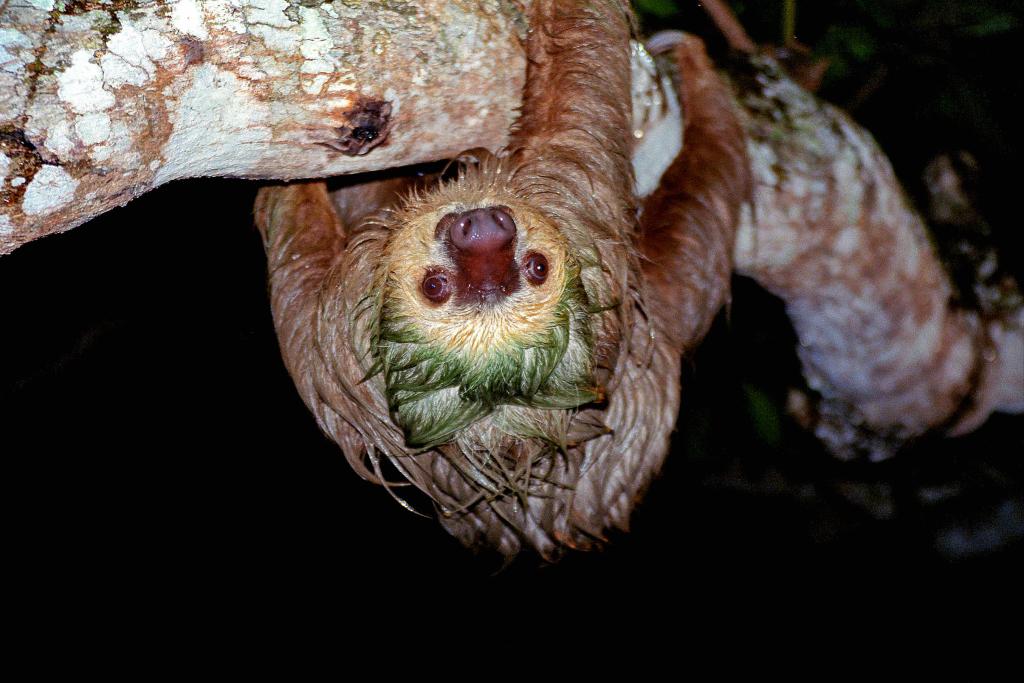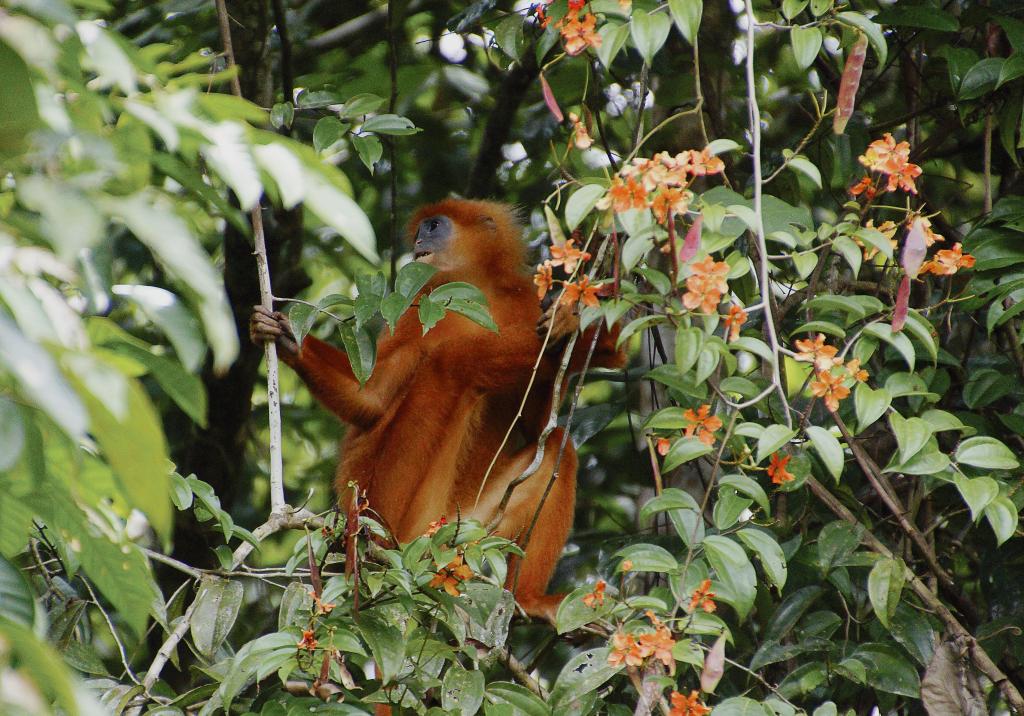Combined effects of land use and hunting on the distributions of tropical mammals
Tropical mammals have lost on average 40% of their original distribution due to the combined effect of hunting pressure and human land use. This was calculated with the GLOBIO-Species methodology, in a joint effort with Radboud University, and published in Conservation Biology.

Land use and hunting impacts on tropical mammals
Deforestation, overexploitation, climate change and pollution are some of the multiple threats that biodiversity is facing in the current era. Recently, the Intergovernmental Science-Policy Platform on Biodiversity and Ecosystem Services (IPBES) reported that 1 million species are threatened with extinction, among which a quarter of the world’s mammals. Mammals in the tropics are heavily threatened by the destruction of habitats and by hunting. Both threats typically act simultaneously, as hunters have more access to previously remote intact areas when deforestation and associated infrastructural development occur. However, until now these threats have never been quantified together at a large scale.
Large mammals are disproportionally affected
Researchers from PBL and Radboud University have recently assessed the impacts of land use and hunting pressure on the distribution of >1,800 tropical mammals. They further assessed how impacts have changed from 1992 to 2015. To that end they integrated detailed land-use maps created with PBL’s GLOBIO model with species-specific habitat preference information from the International Union for Conservation of Nature (IUCN), and a hunting pressure model developed at the Radboud University.
On average, species’ distributions are reduced by more than 40% due to these two pressures. Habitat loss caused by conversion to agricultural fields or pastures was the main driver of this loss. However, hunting pressure resulted in large additional impacts on large mammals, such as orang-utans or gorillas, reducing their distribution by more than half in some cases.
Increase in effects of pressures
Moreover, the researchers have identified the Gran Chaco in South America and Thailand as highly impacted places (hotspots of distribution loss), albeit via different processes. While the increase in pastures is threatening the mammals in South America, monocultures such as palm oil are the main causes of habitat loss in Asia. Still, there are places were the impacts of both land use and hunting appear limited, like the Amazon and Congo basins. However, the study also revealed an overall increase in both pressures during the 23 years of data. If tropical mammals are to be preserved, both land use and hunting impacts should be mitigated, even more so in the face of additional imminent threats resulting from climate change.

Authors
Specifications
- Publication title
- Combined effects of land use and hunting on the distributions of tropical mammals
- Publication date
- 9 January 2020
- Publication type
- Article
- Publication language
- English
- Product number
- 4069